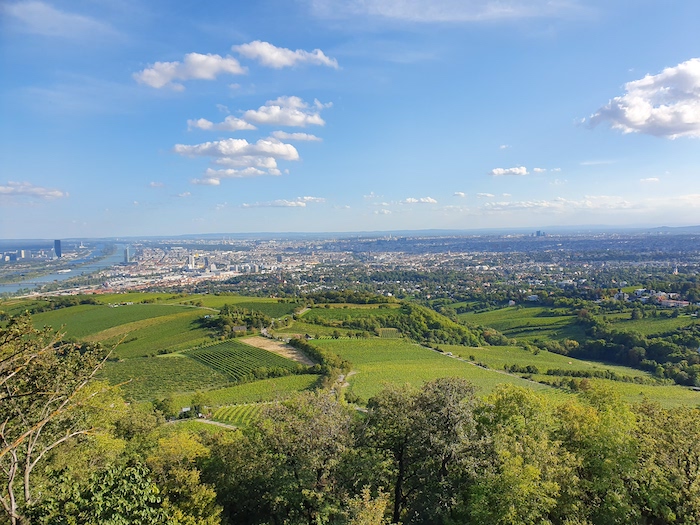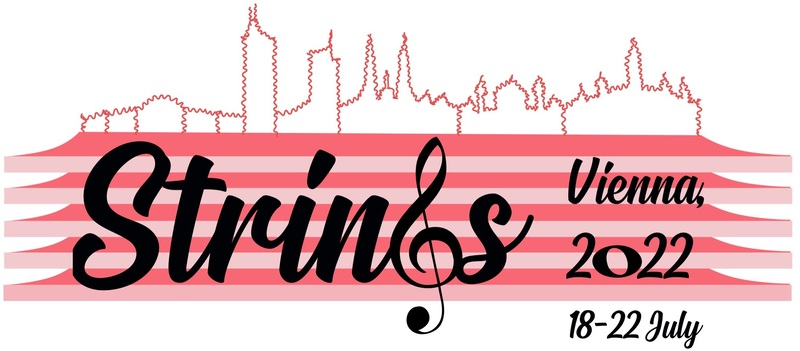The conference will take place in the historic main building of the University of Vienna.
Address
Universitätsring 1,
1010 Vienna, Austria
The main building ("Hauptgebäude") of the University of Vienna is in the center of Vienna on the famous Ringstraße (click here for an area map).
Located next to the transit hub Schottentor, the Hauptgebäude is easily accessible by public transport. At Schottentor, you have access to the tram lines D, 1, 71, 37, 38, 40, 41, 42, 43, 44, the bus lines 1A and 40A, and the metro line U2. Please check the comments at the bottom of the Transportation page regarding the current construction work on the line U2.
The Hauptgebäude is also accessible by bicycle, with plenty of bicycle lanes leading to Schottentor and a large number of bicycle racks located just outside the building.
The regular talks will take place in the main lecture hall Audimax, (click here for a map) which is located one level below the main level and the registration desk (click here for a map).
The University of Vienna
 ©Wien Tourismus/Christian Stemper
©Wien Tourismus/Christian Stemper
Founded in 1365, the University of Vienna is the oldest university in today's German speaking world and the third-oldest university in Central Europe. The main building on the Ringstraße was constructed in 1877 and modelled on the style of the High Renaissance. With over 90 000 students the University of Vienna is one of the largest universities in Europe.
Vienna
 GT1976, (CC)
GT1976, (CC)
Located in the heart of Central Europe along the banks of the Danube, Vienna is the capital and largest city of Austria. Vienna can look back on a history spanning two millennia the traces of which can be seen everywhere in the city.
Vienna is also a modern and cosmopolitan city being host to a number of international organizations such as the United Nations or the OSCE. With its historic but lively atmosphere, ample green spaces and an excellent public transport system, Vienna has been consistently named among the world’s most livable cities in various rankings in recent years.
A selection of main attractions:
-
A walk in the UNESCO-listed historic city center takes one from the medieval core around St. Stephen’s cathedral over baroque palais to the historicist buildings of the famous Ringstraße. The monumental palaces of Hofburg and Schönbrunn testify to the long history of Vienna as the capital of the Habsburg empire.
-
Vienna hosts a number of world class museums such as the Kunsthistorisches Museum, the Albertina or the Österreichische Galerie at Belvedere.
-
A large number of composers have called Vienna their home. Together with the famous Viennese Opera houses and music venues, this has brought Vienna the title of the world capital of music. Listening to a concert in one of these venues is a rewarding experience, as is a visit to the places where composers such as Mozart, Beethoven, or Schubert lived and worked.
-
The Viennese coffeehouse is deeply ingrained into the lifestyle of the city. There is no better place to read a (news-)paper or have a chat then over a cup of coffee, of which there are many different varieties in Vienna. This is ideally accompanied by some traditional Austrian pastry such as Apfelstrudel, Topfenstrudel or Sachertorte.
-
A long day of sightseeing or listening to talks is best concluded at one of the many traditional Heuriger of Vienna. Located in the outskirts of Vienna on the slopes of the surrounding hills, these Viennese institutions are the best places to enjoy the wine that is grown in Vienna.
